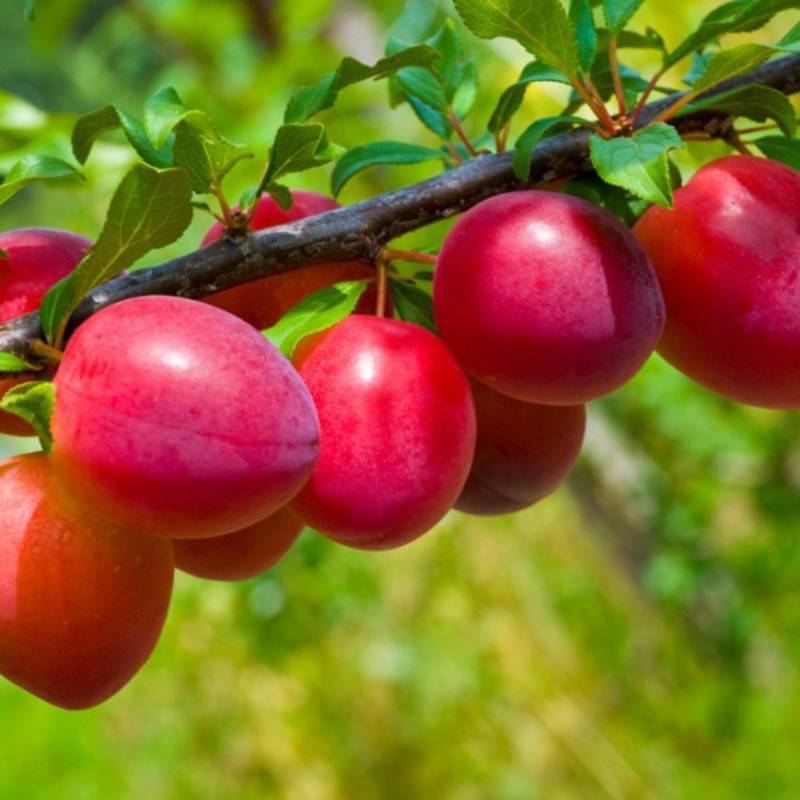×
The Standard e-Paper
Informed Minds Prefer The Standard

Plums are juicy and delicious fruits when consumed fresh. In value addition plums are processed into jam, wine and juice notes selinawamucii.com or either dried to increase their shelf life.